Author: Jake Huolihan
Ask any brewer what the difference between an ale and a lager is, and almost certainly the most common response will have something to do with the temperature at which fermentation occurs. It’s well established that ester production is positively correlated with temperature, and seeing as lager styles are known for their clean fermentation character, it makes sense that brewers would opt to keep fermentation temperatures as cool as possible. Historically, lagers were allowed to ferment at a consistently cool temperature over a relative long period of time, though some modern brewers began to develop methods for hastening the process.
Understanding that ester development primarily occurs during the initial phases of fermentation, it was posited by some that maintaining a cool temperature was really only necessary during this time, after which the beer could be gently warmed to encourage activity and thus reduce the overall turnaround time for lager beer. While many have reported positive results using such quick lager methods, a past xBmt showed tasters could tell apart a beer made this way from one fermented consistently cool. However, numerous xBmts since then have indicated certain yeasts may be more sensitive to temperature than others.
I’ve had good experiences with Imperial Yeast L09 Que Bueno, a seasonal strain that is said to be sourced from Grupo Modelo that seems to impart different characteristics based on fermentation temperature. I was curious if these differences might be mitigated by starting fermentation cool then gradually raising the temperature, so I decided to put it to the test.
| PURPOSE |
To evaluate the differences between a pale lager consistently fermented at 50°F/10°C with Imperial Yeast L09 Que Bueno and one fermented with the same yeast using the quick lager method.
| METHODS |
I designed a simple pale lager recipe for this xBmt in hopes of any differences being readily apparent.
¡Ándale!
Recipe Details
| Batch Size | Boil Time | IBU | SRM | Est. OG | Est. FG | ABV |
|---|---|---|---|---|---|---|
| 5.5 gal | 30 min | 34.2 IBUs | 4.3 SRM | 1.053 | 1.013 | 5.3 % |
| Actuals | 1.053 | 1.013 | 5.2 % | |||
Fermentables
| Name | Amount | % |
|---|---|---|
| Odyssey Pilsner | 12 lbs | 94.12 |
| Munich II (Weyermann) | 12 oz | 5.88 |
Hops
| Name | Amount | Time | Use | Form | Alpha % |
|---|---|---|---|---|---|
| Loral | 28 g | 30 min | Boil | Pellet | 11.5 |
| Tettnang | 33 g | 15 min | Boil | Pellet | 4.5 |
Yeast
| Name | Lab | Attenuation | Temperature |
|---|---|---|---|
| Que Bueno (L09) | Imperial Yeast | 75% | 47°F - 55°F |
Notes
| Water Profile: Ca 61 | Mg 0 | Na 8 | SO4 75 | Cl 55 |
Download
| Download this recipe's BeerXML file |
I started my brew day off by making two equally sized starters of Imperial Yeast L09 Que Bueno.
With the starter spinning, I collected the water, adjusted it to my desired profile, then weighed out and milled the grain.
When the water properly heated, I incorporated the grains then checked to ensure it was at my target mash temperature.
The mash was left alone for 60 minutes.
During the mash rest, I weighed out the kettle hop additions.
With the mash rest complete, I collected the sweet wort in my kettle and boiled it for 60 minutes with hops added as stated in the recipe.
Once the boil was complete, I quickly chilled the wort.
A refractometer reading showed the wort was right at the expected OG.
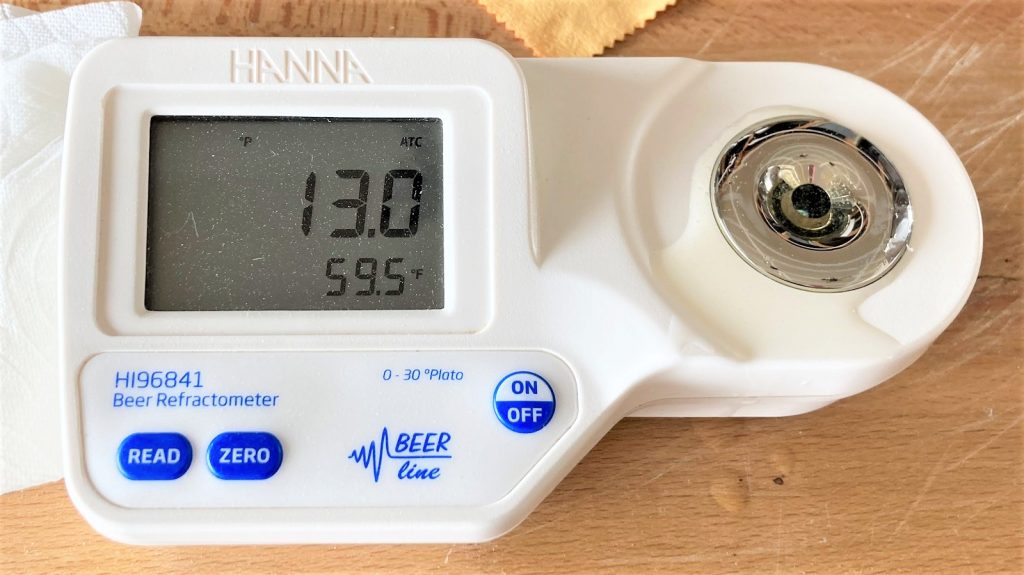
Identical volumes of wort were then racked to separate sanitized Unitanks.
The filled vessels were connected to my glycol rig and left for about 15 minutes to child to 50°F/10°C, which is when I pitched the yeast starters. Fermentation activity was observed in both batches the following morning. While the temperature for one batch was left alone throughout the fermentation process, I set the controller on the quick lager batch to 56°F/13°C 3 days post-pitch, which took approximately 8 hours for the beer to reach. The next day, I set the controller on the quick lager batch to 64°F/18°C, which the beer had reached by the next morning. The beers were left at their respective temperatures for an additional 10 days before I took hydrometer measurements showing the beer consistently fermented cool finished with a slightly higher FG than the quick lager batch.

I reduced the temperature in in both I proceeded to pressure transfer the beers to CO2 purged kegs.
The filled kegs were placed in my keezer, burst carbonated, and allowed to lager for 4 weeks before being evaluated.

| RESULTS |
Due to social distancing practices as a result of the COVID-19 pandemic, data for this xBmt was unable to be collected in our typical manner. As such, temporary adaptations were made involving the author completing multiple semi-blind triangle tests in as unbiased a way as possible.
Utilizing 4 opaque cups of the same color where 2 were inconspicuously marked, one set was filled with the beer consistently fermented cool while the other set was filled with the beer fermented using the quick lager method. For each triangle test, 3 of the 4 cups were indiscriminately selected, thus randomizing which beer was the unique sample for each trial. Following each attempt, I noted whether I was correct in identifying the unique sample. Out of the 10 semi-blind triangle tests I completed, I needed to identify the unique sample at least 7 times (p<0.05) in order to reach statistical significance. In the end, I correctly identified the unique sample 8 times (p=0.003), indicating my ability to reliably distinguish a pale lager fermented with Imperial Yeast L09 Que Bueno consistently at 50˚F/10˚C from one where the temperature was gradually raised during fermentation.
While I enjoyed drinking both of these beers and didn’t think either was necessarily bad, I perceived a sulfur noted in the one fermented using the quick lager method that was absent in the cool fermented batch, and I preferred the cleaner character of the latter.
| DISCUSSION |
It’s widely accepted that in order to produce the highest quality lager beer, it’s necessary to keep the fermentation temperature as cool as possible to ensure minimal ester development. Given yeast activity is positively correlated with temperature, lager fermentation is known to require quite a bit of time, which when including the traditional lagering process, means the turnaround time for such styles can be upwards of 8 weeks, give or take. Less patient brewers have developed methods for hastening this process, many claiming it has no perceptible impact, though my ability to reliably distinguish a pale lager fermented with Imperial Yeast L09 Que Bueno consistently at 50˚F/10˚C from one where the temperature was gradually raised during fermentation contradicts this claim.
While lager yeasts are typically viewed as a singular class, there are two primary genetic variants known as Saaz and Frohberg, which research has shown do not share the same temperature sensitivities. Given tasters in a previous xBmt were able to reliably distinguish beers fermented with the Grupo Modelo yeast either cool or warm, it seems plausible this strain is of the variant that is more sensitive to temperature, unlike strains such as Imperial Yeast L13 Global.
Despite being able to pretty easily tell these beers apart, my triangle test performance wasn’t 100%, which is an indication of their similarities. The biggest difference I noticed was that the quick lager beer had a slightly stronger sulfur note than the one fermented cool the entire time, and my hunch is this would have dissipated over time, which would have made the beers far more difficult to distinguish. Based on my experience here, when fermenting with Imperial Yeast L09 Que Bueno, I’ll be sticking with a cooler temperature, as I preferred its smoother overall character.
If you have any thoughts about this xBmt, please do not hesitate to share in the comments section below!
Support Brülosophy In Style!
All designs are available in various colors and sizes on Amazon!
Follow Brülosophy on:
FACEBOOK | TWITTER | INSTAGRAM
If you enjoy this stuff and feel compelled to support Brulosophy.com, please check out the Support page for details on how you can very easily do so. Thanks!


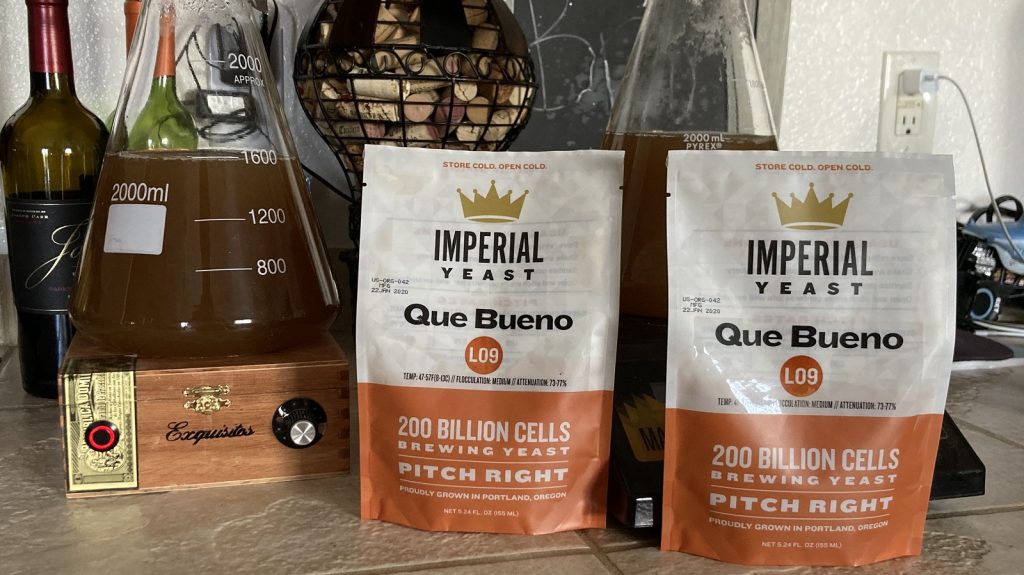
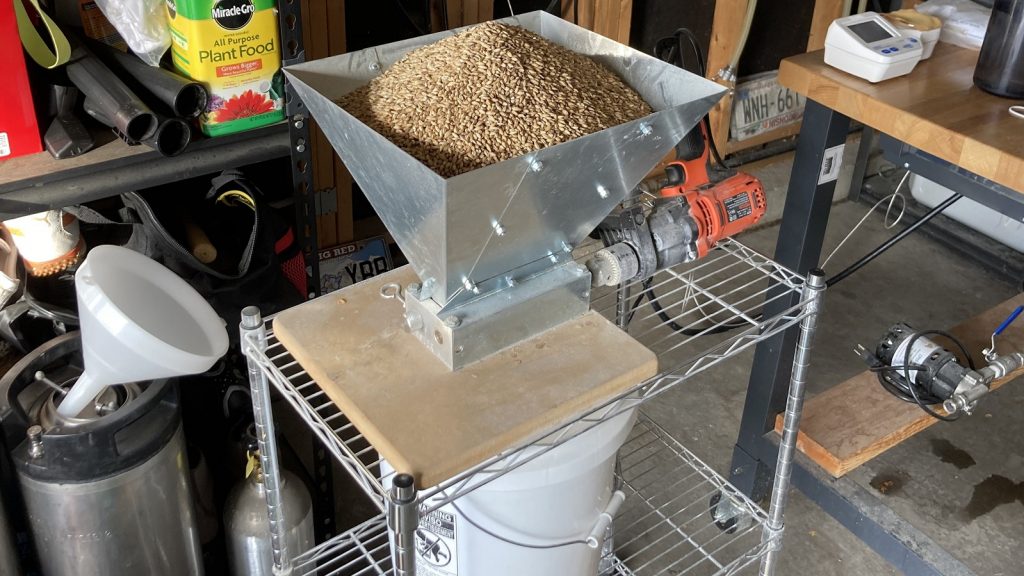
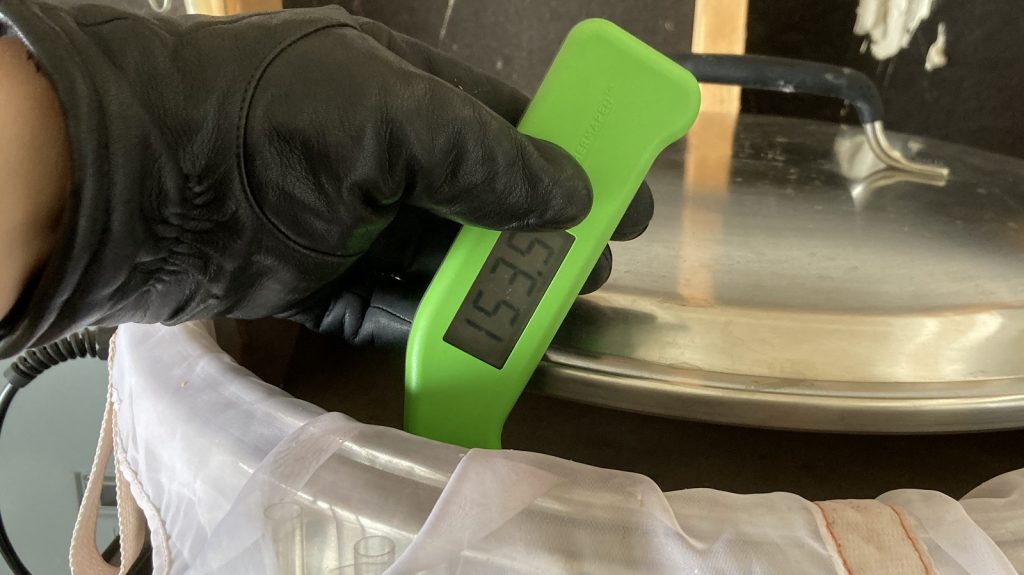

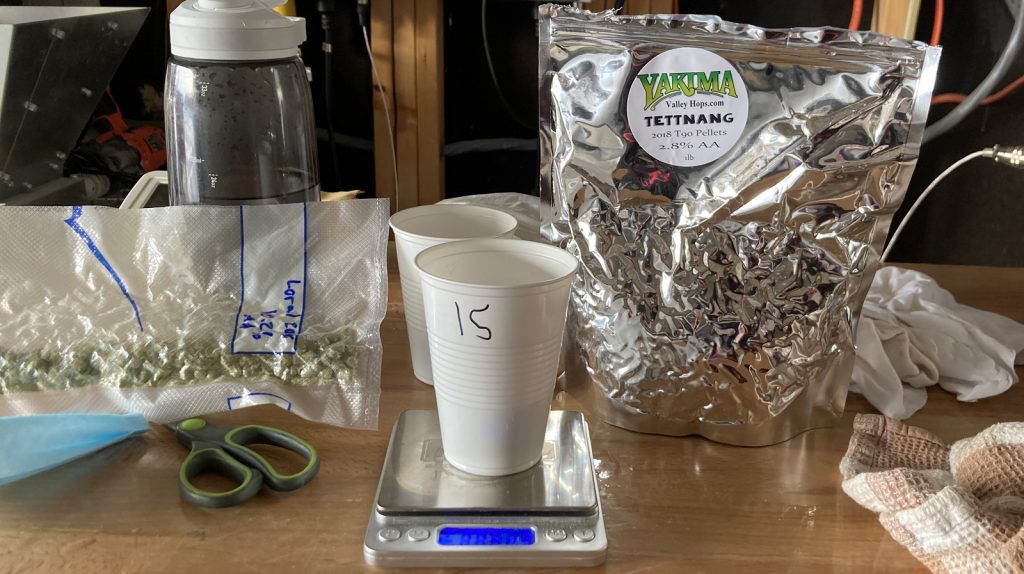
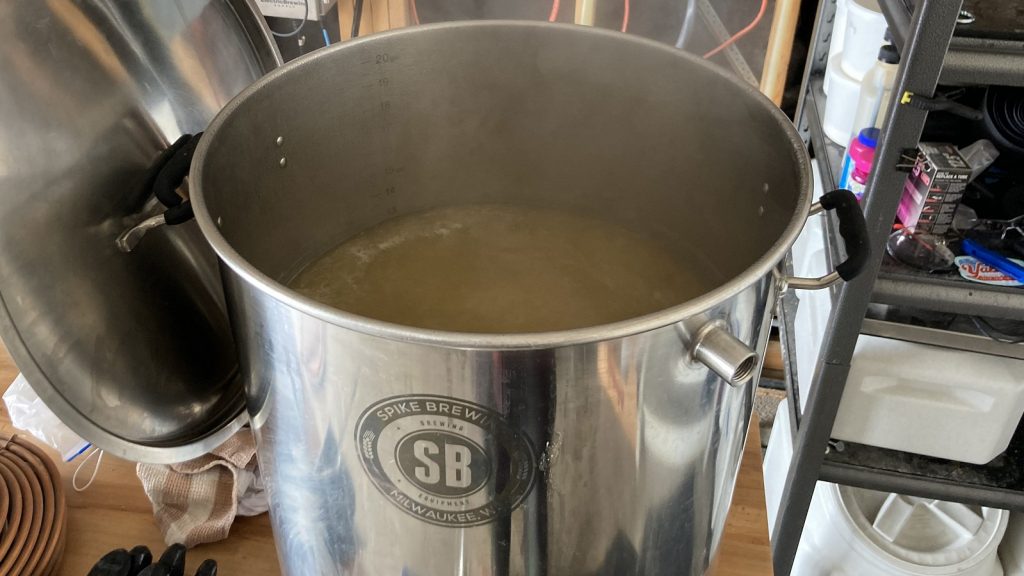
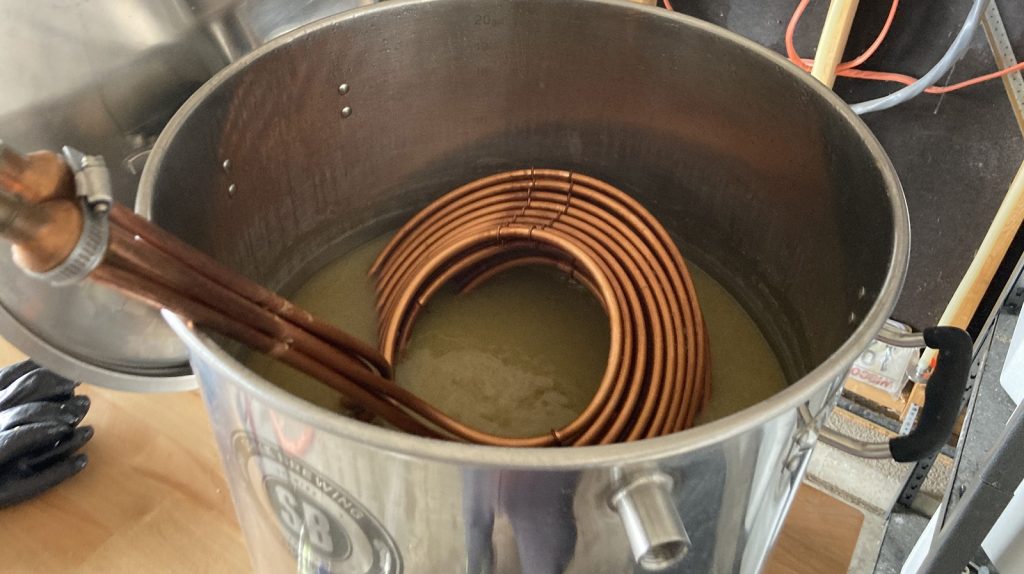













8 thoughts on “exBEERiment | Lager Fermentation: Traditional vs. Quick Lager Method With Imperial Yeast L09 Que Bueno”
I enjoy some sulfur in lagers, but have trouble getting it consistently in the ones I brew. It’s nice to hear about another lever to pull to control this.
Not sure about your process on this one. If I read this right you created starter same day you pitched it ? Also you started bumping temp after three days without checking gravity. I’d argue the temp bump needs to be a function of attenuation not time. Likely with the starter situation that beer was maybe low 1.040s when you bumped when you really are going to want that in the mid 1.020s
Many brewers and recipes call for the lagers to have a diacetyl rest which takes the beer close to or above 20C before cold crashing. It is my understanding at this resting temperature unwanted flavors have a chance to be cleaned up by the yeast and/or dissipated with alcohol derived compounds.
Is it possible that adding this additional process would have cleaned up the quick lager prior to cold crash and carbing?
Studies done by Fermentis indicate that their W34/70 (Weihestephan) lager yeast can ferment lagers at 20C/68F consistently without any taste impairments or other noticeable influences. That would be interesting too!
I’ve done that, and that’s not completely true! My lager tastes great, but a notable pinch of esters where perceived (which personally I like It) but isn’t what I wanted…
4.5%AA Tettnanger? 2.8% AA is what I can get here. I still do a fast lager ferment as I never get any off flavours at all since I have been doing it.
That strain is very sulfur heavy! I remember a Can You Brew It episode from years ago where they did the Mexican Logger from Ska Brewing where they said they start fermentation with that yeast at 67 to drive off sulfur and the whole brewery smells like eggs then after a day they drop the temp down to normal lager 50° temps. Really enjoyed this article since I love this yager least!
Why do you call it quick lager when it seems to me they were fermented and lagered for exactly the same amount of time?